1990 Dodge Dakota & Convertible Manufacturer Promo
By 1990, there are so many different versions and combinations of the Dodge Dakota, you need a computer-designed flow chart to keep track of them all. Long, longer, even longer? Top up? Top down? On-roading, off-roading? Smoking or non-smoking?
Where do we start? Already available in base, SE, LE, and Sport trim levels, as well as the unique convertible option introduced in 1989, the 1990 Dodge Dakota joined its competitors by adding an extended cab version, called the Club Cab. In addition to the regular cabs (112-inch wheelbase with a 6.5-foot bed or a 124-inch wheelbase with a 8-foot bed), the Club Cab came in at a whopping 131-foot wheelbase with a 6.5-foot bed, offering extra storage beneath the rear seats. Yes, it had a rear bench seat, but one can only guess this was intended for extra storage or a spot for man’s best friend, as there was no door for a human to access those seats.
The Club Cabs only had 2WD, whereas both 2WD and a 4WD option was available for all other models. The convertible cab proved popular, if not practical with drivers. ABS was standard on all models. The front standard bench seat for three could be swapped out for optional bucket seats on the base or Sports models. The Shelby V8 was no longer available, so engine choices remained at the standard 2.5-liter, 4-cylinder, 99-horsepower, or the 3.9 V6, 125-horsepower with standared 5-speed manual transmission across all lines and optional 4-speed automatic.
Drivers loved the convertible option which added a feeling of sporty fun to the normally dreary task of hauling cargo. Unfortunately, this would be the last year convertibles were available. Many also praised the roominess of the cab and dependability of the Dodge name. Some thought the 3.9-liter engine was too sluggish for a pickup and complained about the wide turning radius.
Source

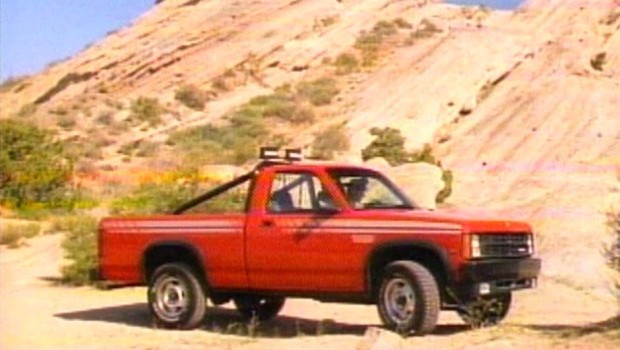
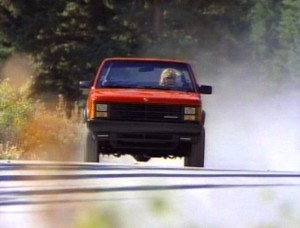
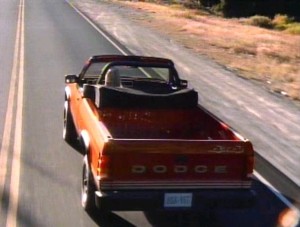
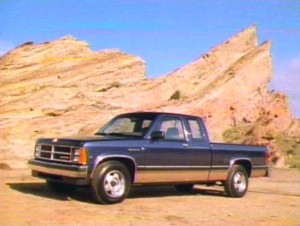


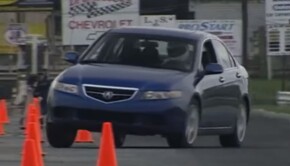
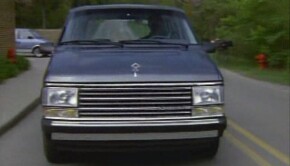





So is the 2.5 rated at 99 hp or 117 like in the video?